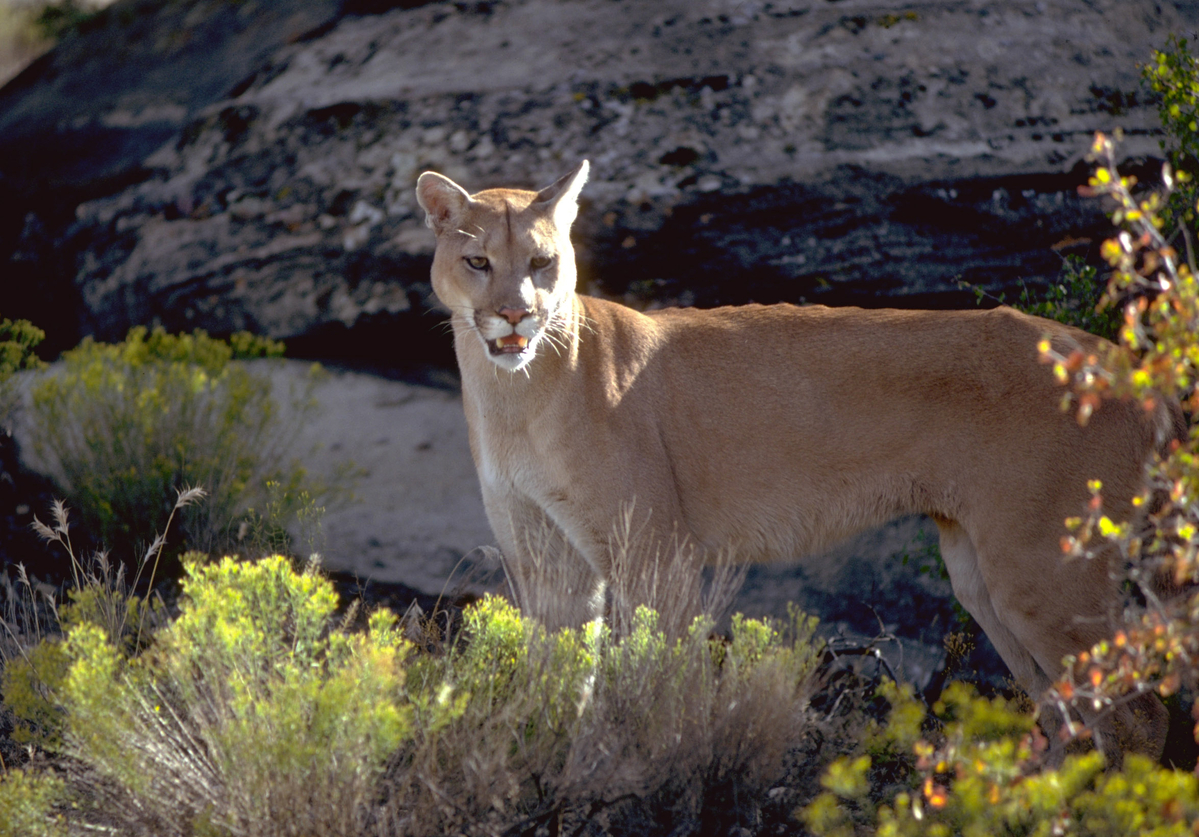Colorado Parks and Wildlife (CPW) is tasked with managing all wildlife populations so they can be sustainable and healthy – both predator and prey alike. A three-page document, produced by CPW, addresses the status population, health and management related to mountain lions, bobcats and lynx.
Colorado Mountain Lion Highlights:
- “Mountain lions are not biologically threatened”
- From 3,800 to 4,400 mountain lions in Colorado
- Populations are “strong” and “abundant”
- All harvested lions must by checked by CPW staff
- Current law mandates hunters are required to take the meat (a white meat with a sweet taste)
- Annual harvest (2020-23) averaged 505 animals
- “Mountain lions have benefited from regulations on take and management actions that have resulted in increasing populations”
- “Managing lions and bobcats with harvest is a tool to maintain more stable populations compared to more widely fluctuating populations that would likely occur without hunting”
- Research studies help biologists monitor population health and dynamics
- Hunting-trapping harvest data over the last four years shows no evidence of high levels of human-mountain lion conflict where hunting takes place
- “Statewide annual harvest proportion of females is generally at or under 40 percent, whereas in states that banned hound hunting, it can approach 60 percent”
- Seasons and regulations are designed to limit the harvest of female lions
Colorado Bobcat Highlights:
- “Bobcats are not biologically threatened”
- Specific population estimate is not specified by CPW because of abundance, but various websites cite 12,000 in Colorado
- Minimum S. population between 1.4 and 2.6 million
- Population is stable and widespread across Colorado
- All harvested bobcats must be checked by CPW staff
- Annual bobcat harvest (2020-2023) averaged 880 animals
- Biologists use highly regulated hunting & trapping seasons, quotas and methods of take to ensure healthy populations
- Research studies help biologists monitor population health and dynamics
Colorado Lynx Highlights:
- “Secure population”
- Classified as threatened in the Lower 48 and endangered in Colorado so hunting and trapping are prohibited
- “No lynx in Colorado has ever been reported as incidentally trapped by bobcat fur harvesters”
The Rocky Mountain Elk Foundation believes that state agencies, such as CPW, manage wildlife in line North American Wildlife Conservation Model’s main principles that fish and wildlife belong to all Americans, and they need to be managed in a way that their populations will be sustained forever.
(Photo credit: Utah Division of Wildlife Resources)
